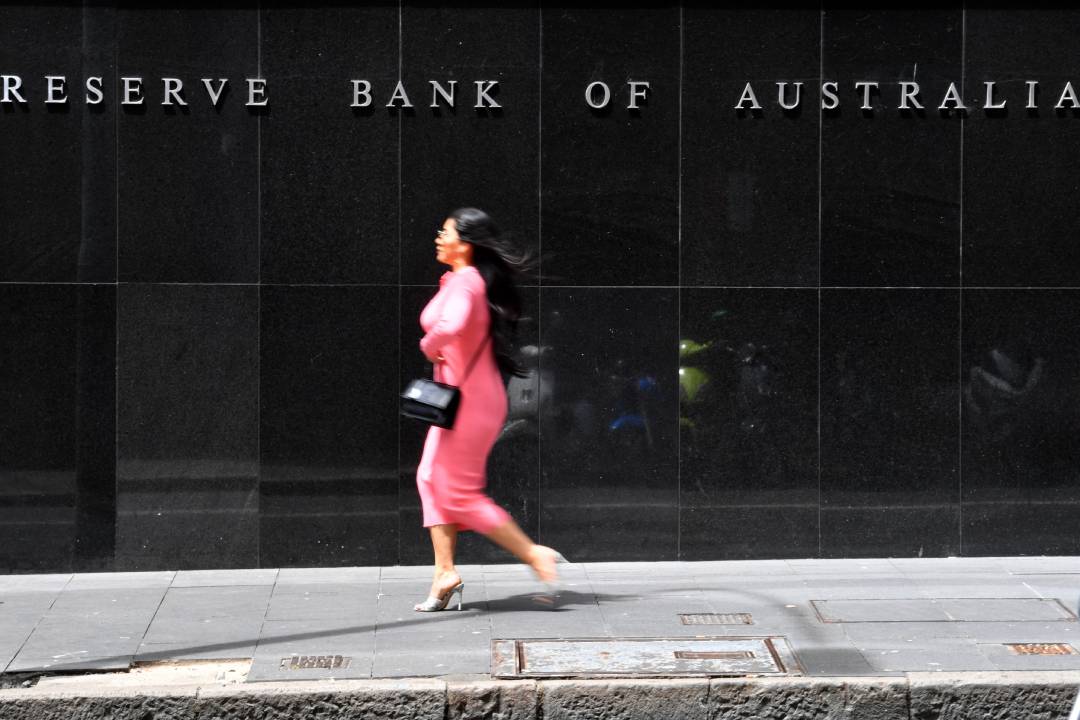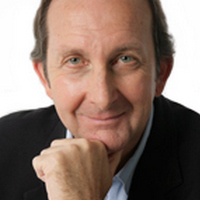

The way the Reserve Bank Governor is talking, with the labour market in good shape, there could be no rush to cut interest rates.
Last night at an event in Canberra, futurist, TV star and tech nerd Steve Sammartino told a group of insolvency practitioners that the business world (a world these guys try to save from bankruptcy) and the changing world we live and work in is going to be sped up by the shock and awe of Artificial Intelligence (AI).
In contrast, Reserve Bank Governor Michele Bullock was telling another story at a charity event for the Anika Foundation (which raises money to help our young people suffering depression) that our economic world is slowing down. What sounds strange was that she implied the slowness might mean slow and fewer rate cuts going forward!
Both Sammartino and Bullock were telling us about the new age we’re living in. In both cases, however, their stories defy expectations and history.
I plan to interview Sammartino and write about his predictions ASAP. They will shock you, as Alvin Toffler did in 1973 with his Future Shock best-seller.
The AFR’s Jonathon Shapiro has revealed what Ms Bullock has learnt about interest rate changes in a post-Covid world, which contrast with how rate rises and cuts might impact on the economy.
In case you don’t care much about rate changes, to sum up, many borrowers are disappointed about the slowness of rate cuts from the RBA, but the Governor points to the slow rise in unemployment, which is historically odd. “In each of the past four disinflationary episodes, the job loss casualties were higher,” Shapiro reported. “In the early 1980s, a 3 per cent increase in unemployment was needed to cool inflation, and in the early 1990s a 5 per cent increase in the jobless rate coincided with a 5 per cent decrease in inflation.”
However, as the old saying goes, this time it’s different, which incidentally often turns out to be wrong! “Since inflation peaked in 2022, inflation has fallen by 5 percentage points, but the jobless rate has only increased from 3.5 per cent to a still modest 4.2 per cent in June this year, which is low by historical standards,” Shapiro explained after listening to our central bank boss.
Why didn’t jobs get lost as 13 rate rises slugged home loan borrowers and those parts of the economy that relied on their spending?
Bullock listed these reasons:
1. The supply shocks from the pandemic were temporary.
2. Households and businesses had high expectations that inflation would come down.
3. The RBA’s slow rate rises, which weren’t dramatic big ones, meant job losses were contained. (This was a bit of self-praise from the Governor.) “It was a deliberate strategy in slowing the economy to make sure that we didn’t lose the gains we had, and we’ve kept employment growing,” Bullock said.
And while rate cut hopers might be disappointed, the Governor is pretty chuffed that she’s got inflation down without killing jobs, with our unemployment rate going from 3.4% to 4.3% following the rate rises.
In contrast, Canada’s jobless rate went from 5% to 7% over the same time of rate rises, while New Zealand’s went from 3.4% to 5.1%. While this is a good news story for the RBA, for now, Ms Bullock could be crowing too early.
The latest unemployment number did rise from 4.1% to 4.3% in June and retail sales have been weakening, while economic growth was only up 0.2% in the March quarter, which was weak compared to December’s 0.6% and very soft on historical terms.
As I often say, economics is a guessing game. The RBA boss thinks her team knows more than the 32 out of 36 economists who thought we needed a rate cut in July that never came. This makes it really important that next week’s June quarter Consumer Price Index shows underlying inflation is around 4.5% or else the RBA could hold back on the expected cut in the cash rate next month!
One thing Steve Sammartino didn’t predict was what would happen to interest rates. I guess one day the RBA board might be replaced by a more reliable rate-cutting robot!